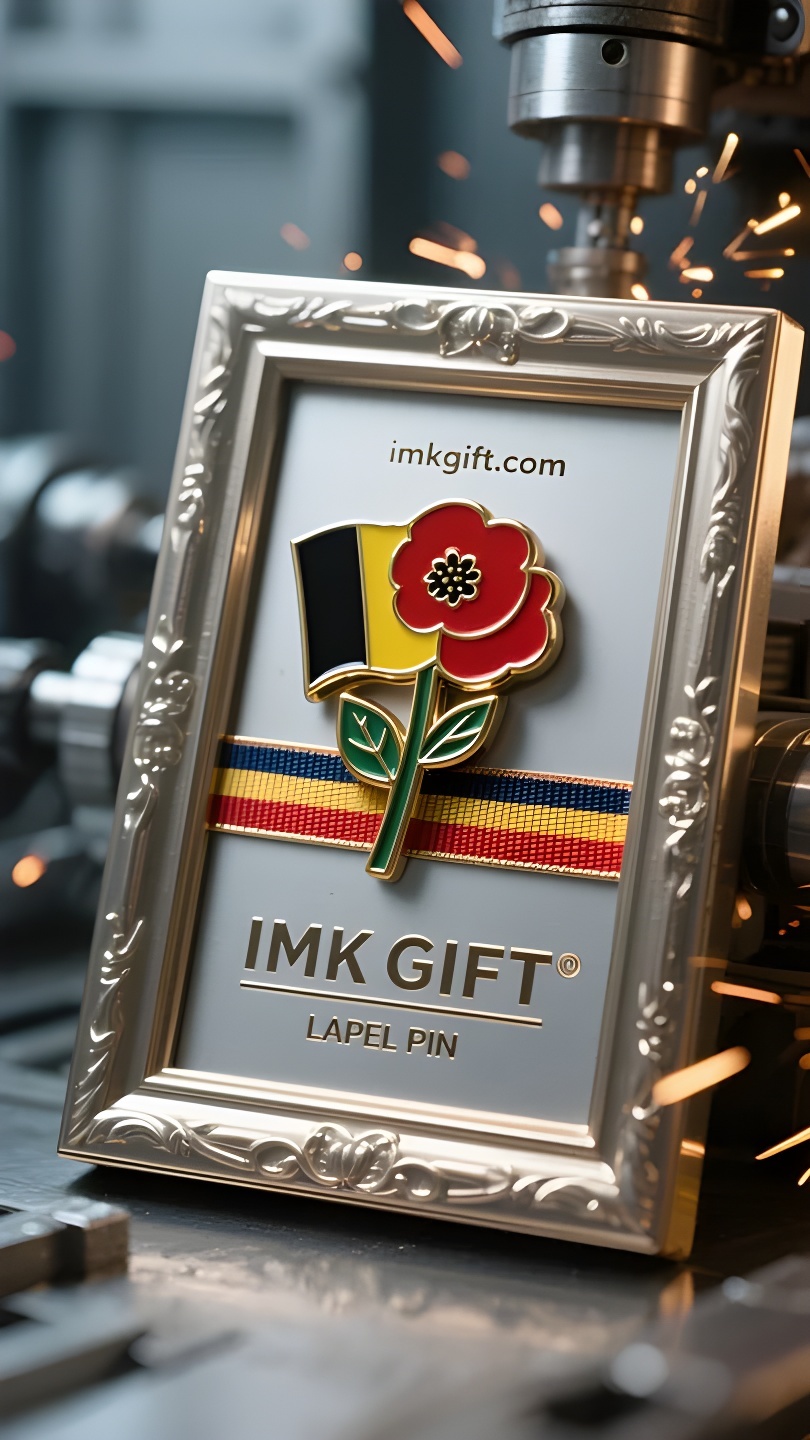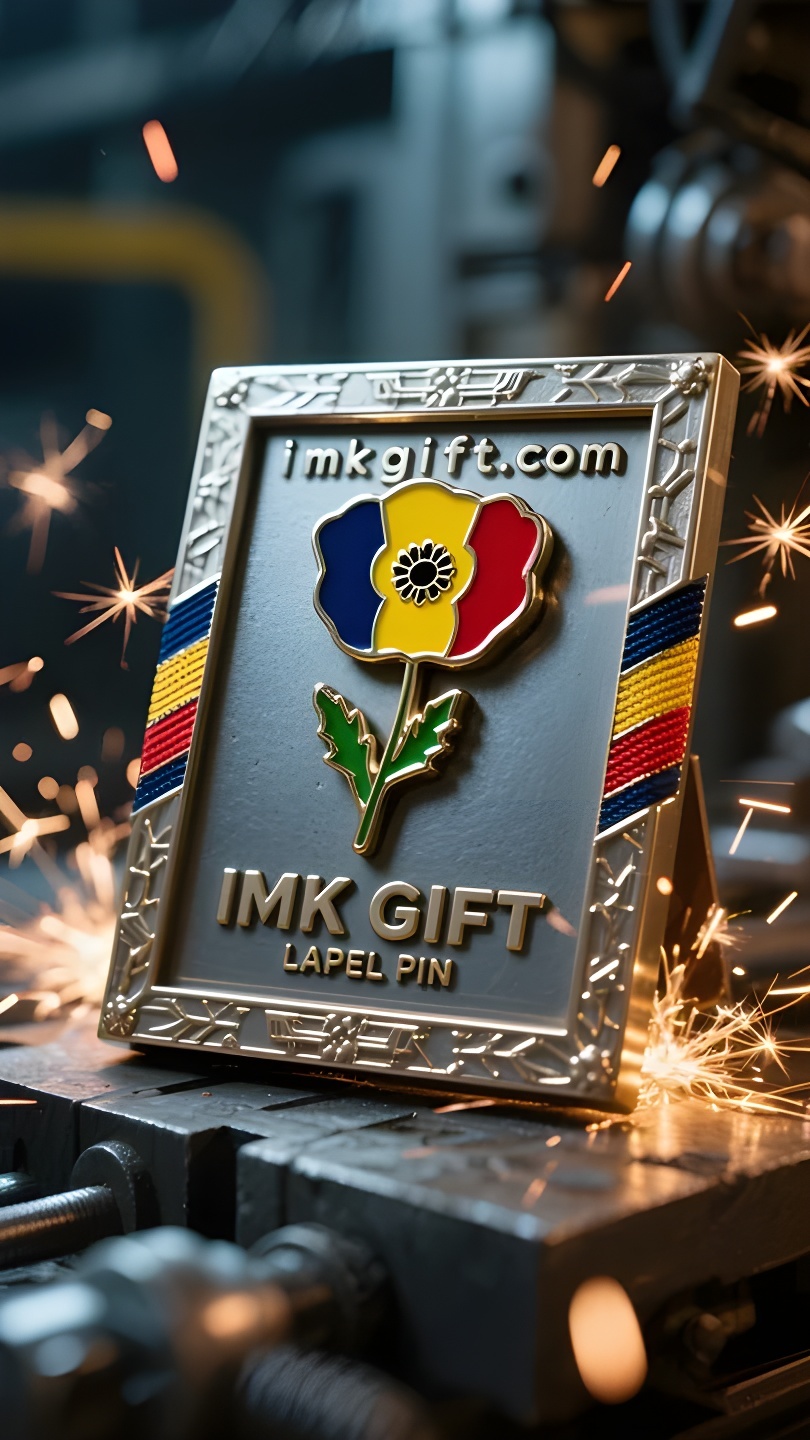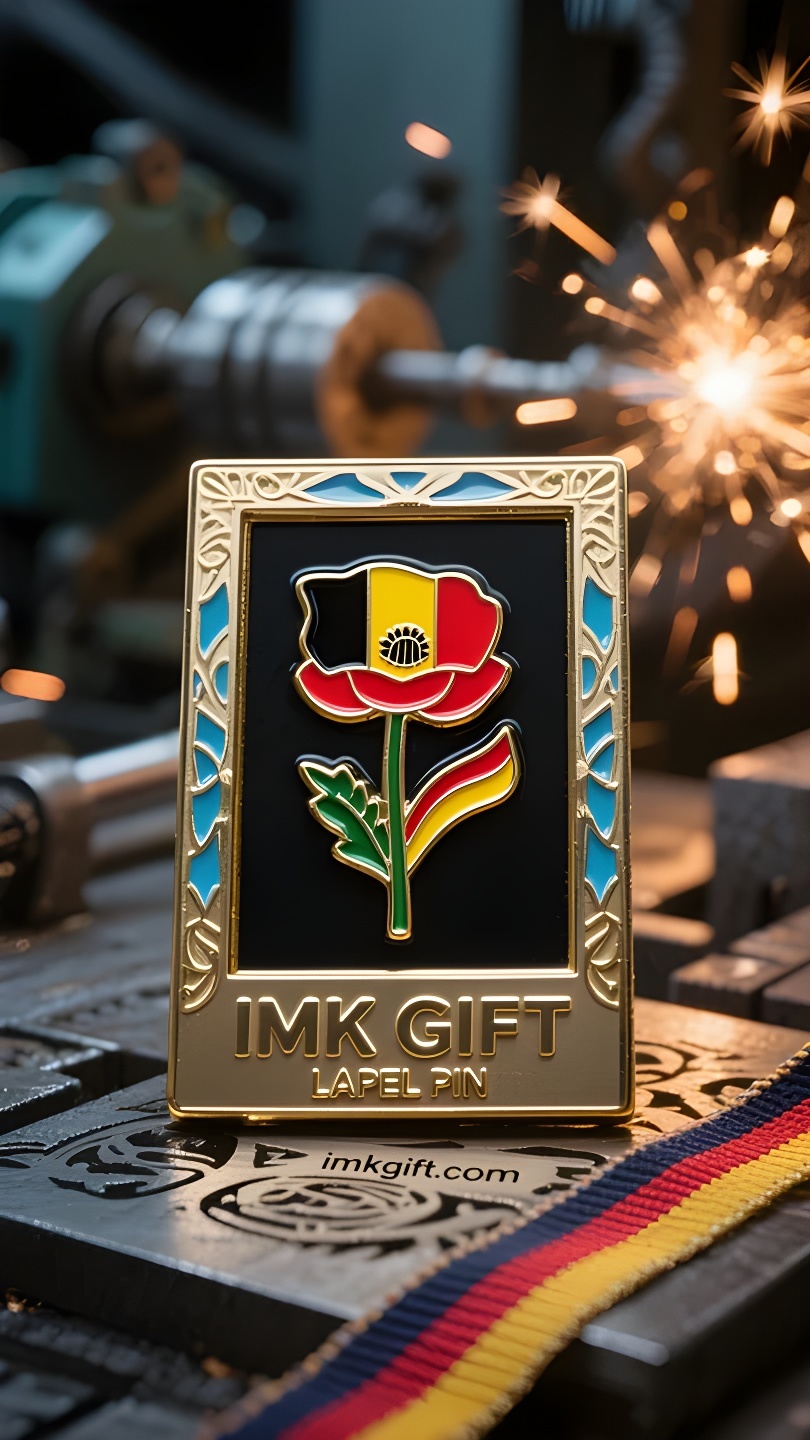in982-Bloedige-klaprozen-en-de-driekleurige-vlag-de-toekomst-vinden-in-het-kader-van-de-geschiedenis
▼
In november waaide in België de koude wind de rode bloemblaadjes van klaprozen op de driekleurige vlag. Deze maand herdenken mensen de wapenstilstandsdag van de Eerste Wereldoorlog met klaprozenkransen. De fotolijstjes met klaprozen, die door veel families worden gekoesterd, worden spirituele totems die moed doorgeven. De zwart-geel-rode nationale vlag draagt de overtuigingen van de Belgen uit: zwart staat voor de herinnering aan de verschroeide aarde op het slagveld in Vlaanderen, geel voor de wijsheid van de wederopbouw na de oorlog en rood voor het patriottische enthousiasme dat voortkomt uit het bloed van de martelaren. De pen-en-gatverbinding van het klaproosframe lijkt op de verbinding tussen geschiedenis en heden: de houten frames aan de vier zijden ‘omlijsten’ de pijn van de oorlog tot een waarschuwing, terwijl de bloeiende klaproos in het midden door het frame heen breekt met zijn flexibele bloemblaadjes en een hoop aankondigt die nooit vervaagt in tegenspoed. Dit fotolijstkunstwerk vindt zijn oorsprong in de souvenirs die loopgravensoldaten uit granaathulzen sneden en is inmiddels uitgegroeid tot een symbool van Belgisch vakmanschap. Elk houtkorreltje vertelt ons dat waarachtig herdenken niet gaat over het vasthouden aan het verleden, maar over het omzetten van littekens in pijlers die de toekomst ondersteunen. Zoals de driekleur wappert bij het hoofdkwartier van de Europese Unie, zo gebruiken Belgen fotolijsten om de zwaarte van de geschiedenis vast te leggen, maar laten ze hoop vrijelijk groeien als klaprozen. Wanneer klaproosblaadjes op de rode strepen van de nationale vlag vallen, zien we hoe een land het fotolijstje gebruikt als spiegel om het verleden te weerspiegelen dat gepaard gaat met pijn en glorie, en de toekomst die is gebouwd op tolerantie en innovatie.
In November in Belgium, the cold wind carried the red petals of poppies onto the tricolor flag. This month, people commemorated the Armistice Day of World War I with poppy wreaths, and the poppy photo frames treasured by many families are becoming spiritual totems that pass on courage. The black, yellow and red national flag carries the beliefs of the Belgians: black is the memory of the scorched earth of the Flanders battlefield, yellow is the wisdom of post-war reconstruction, and red is the patriotic enthusiasm condensed by the blood of martyrs. The mortise and tenon structure of the poppy photo frame is like the bite of history and the present – the four-sided wooden frame “frames” the pain of war into a warning, but the poppy blooming in the center breaks through the frame with its flexible petals, indicating the hope that never fades in adversity. This photo frame craft originated from the souvenirs carved by trench soldiers with shells, and now it has evolved into a symbol of the Belgian craftsman spirit. Every wood grain tells us: true commemoration is not to be trapped in the past, but to transform scars into beams to support the future. Just as the tricolor flag flies at the headquarters of the European Union, Belgians use photo frames to lock up the weight of history, but let hope grow freely like poppies. When the petals of the poppies fall on the red stripes of the national flag, we see how a nation uses photo frames as a mirror to reflect the past intertwined with pain and glory, and also to reflect the future built by tolerance and innovation.
11月的比利时,寒风裹挟着虞美人的红瓣落在三色国旗上。这个月,人们以虞美人花环纪念一战停战日,而许多家庭珍藏的虞美人相框,正成为传承勇气的精神图腾。
黑、黄、红三色国旗承载着比利时人的信念:黑色是弗兰德斯战场焦土的记忆,黄色是战后重建的智慧光芒,红色是烈士鲜血凝成的爱国热忱。而虞美人相框的榫卯结构,恰似历史与当下的咬合——四边木框将战争伤痛“装裱”成警示,中央绽放的虞美人却以柔韧花瓣冲破框架,昭示着困境中永不凋零的希望。
这种相框工艺源自战壕士兵用弹壳雕刻的纪念品,如今演变为比利时工匠精神的象征。每一道木纹都在诉说:真正的纪念不是困守往事,而是将伤痕转化为支撑未来的梁柱。正如三色旗在欧盟总部飘扬,比利时人用相框锁住历史的重量,却让希望如虞美人般自由生长。
当虞美人花瓣落在国旗的红色条纹上,我们看见一个民族如何以相框为镜,照见伤痛与荣耀交织的来路,更照见包容与革新共筑的明天。
▼
Contact Us
📞 Tel: +0086-760-85286839
📧 Email: sales3@imkgift.com








